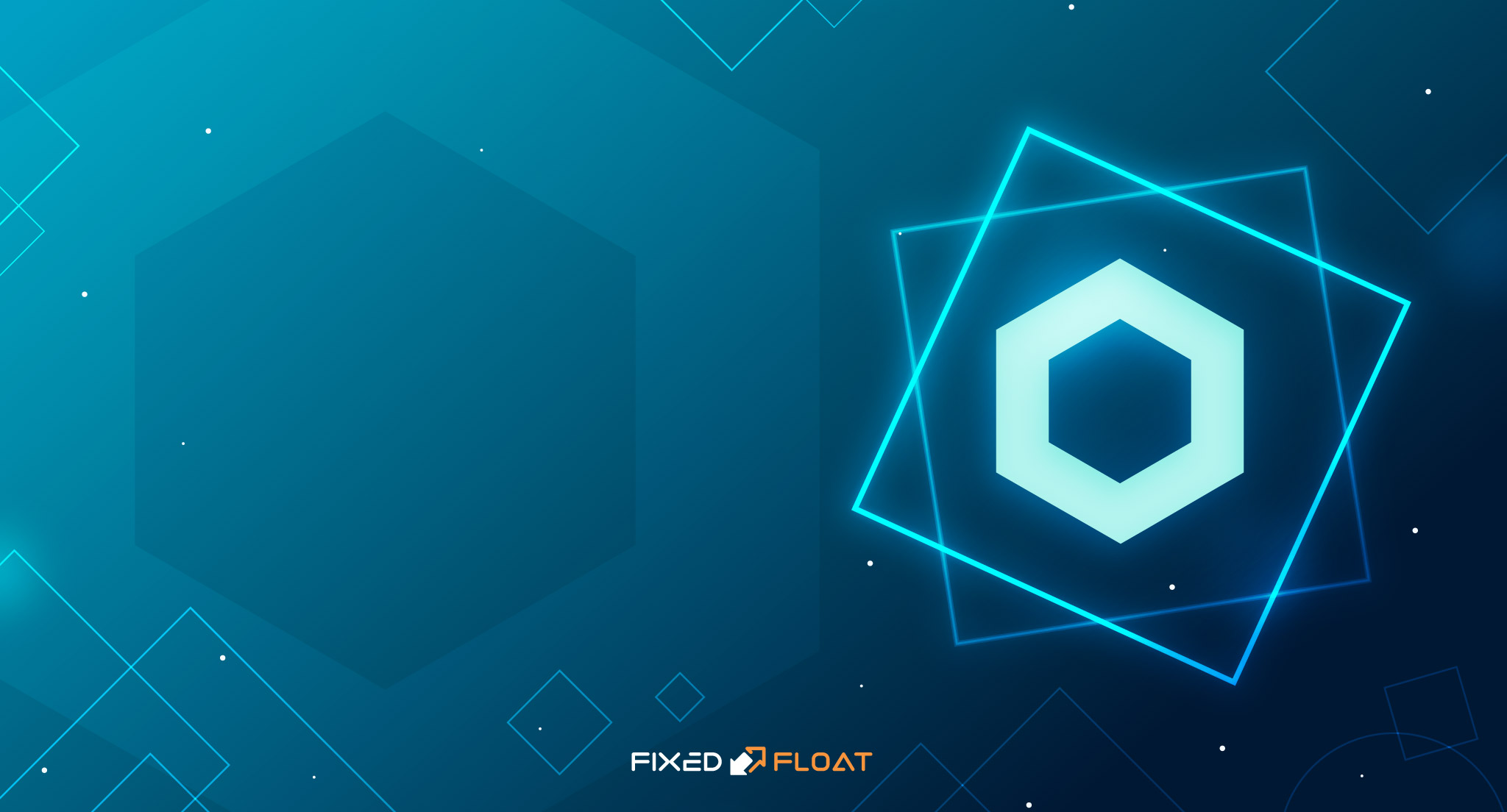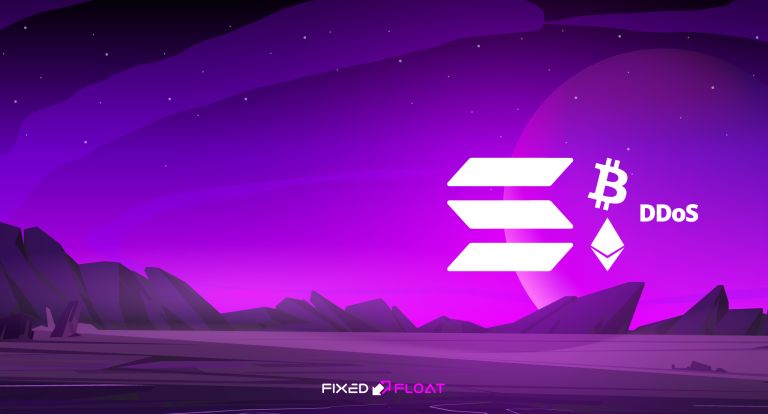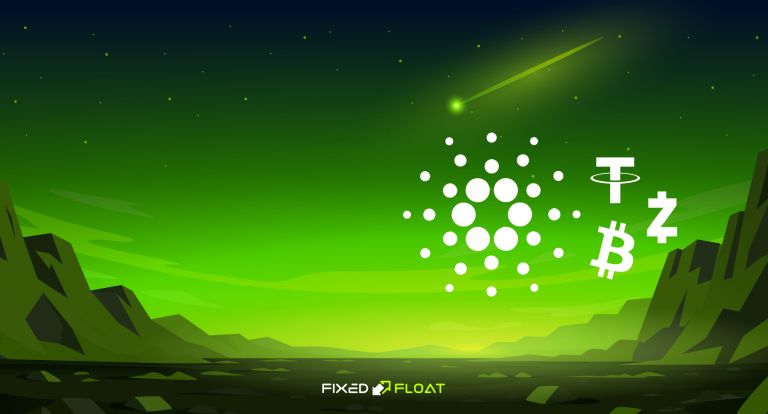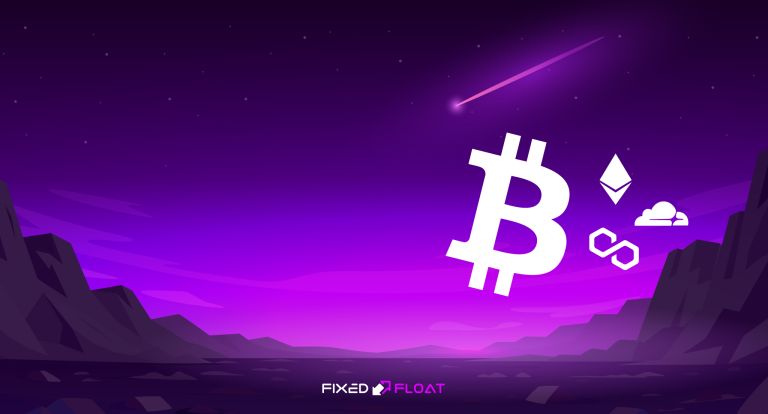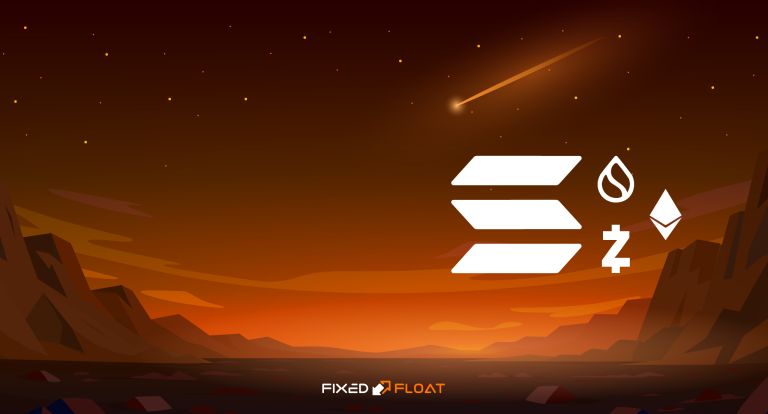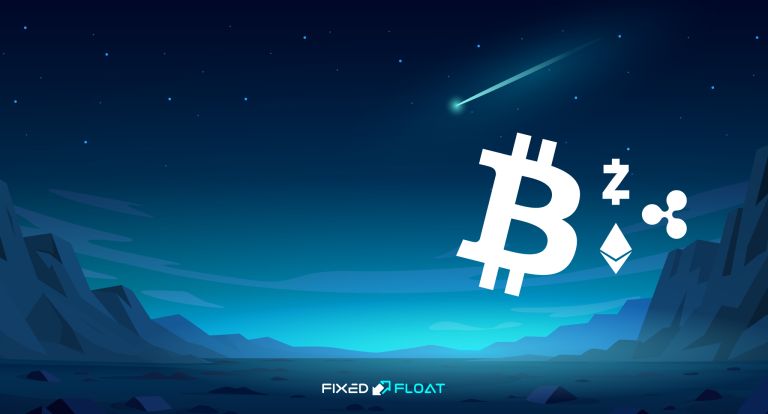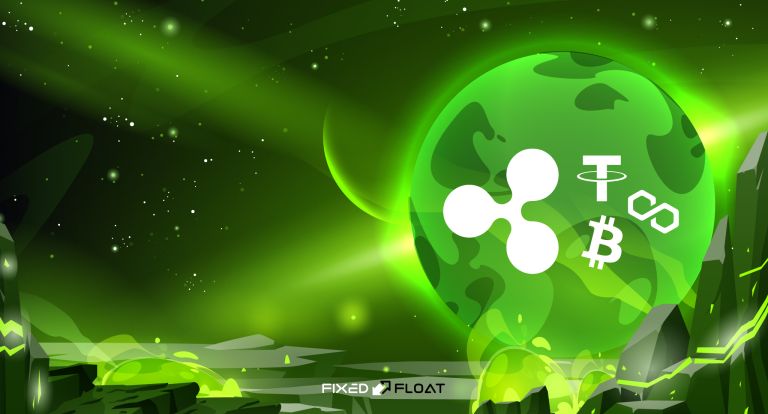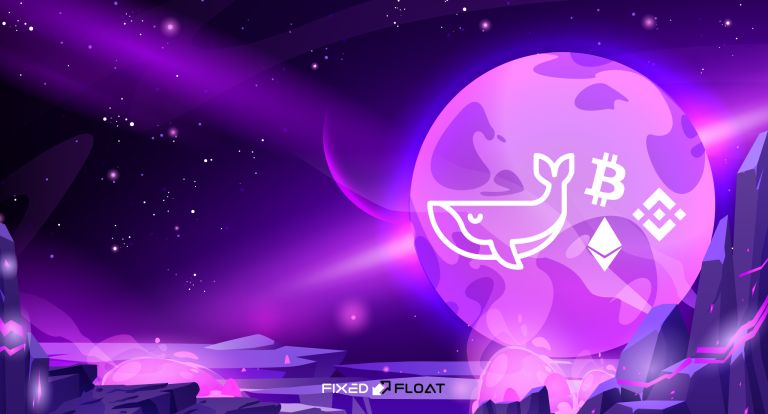The history of the creation of Chainlink (LINK) — Ethereum token
Chainlink is a cryptocurrency based on the Ethereum blockchain. The LINK token inherits the functionality of the ERC-20 standard, although it itself complies with the ERC-677 standard.
CO Chainlink was held in September 2017 and raised $32 million. In total, 1 billion LINK tokens were created. 35% of LINK tokens were sold during the ICO, 35% was allocated to further support the Chainlink nodes that will operate in the system, and 30% was allocated to the Chainlink team for further development.
Due to the large number of people willing to purchase LINK tokens, the token sale lasted only a few minutes. Due to the non-standard fundraising scheme, users continued to transfer funds to the organizers of the ICO after its completion. This caused not only sharp criticism from buyers, but also suspicions of fraud. The situation was resolved after users who sent their money, but failed to purchase LINK tokens, received their funds back.
A year after the ICO, ChainLink entered into a partnership with the SWIFT transfer system and the IC3 consortium. The project was noted at the international economic forum as promising.
Chainlink features
Chainlink's main focus is working with smart contracts. Chainlink provides the smart contract with access to any external API you want to connect it to. Thus, it is possible to make a payment through a contract to any payment system or banking network.
ChainLink smart contracts serve three functions:
- Reputation assessment. Users can use smart contracts with a specific range of parameters that includes an oracle reputation called a service level agreement. Oracles who violate the rules of the network and supply incorrect data are punished and also receive a demotion. In the case when the smart contract receives a sufficient number of applications, a service agreement with ChainLink begins.
- Working with external data. When out-of-line oracles are selected, they make a programmatic agreement and deliver the requested data.
- Aggregation. As a third step, the aggregation contract collects all the data transmitted by the off-chain oracles and then averages it to create a weighted aggregate response.
In simple terms, Chainlink can be described as a decentralized network of oracles supplying data.
ChainLink oracles
Oracles are the servers that will supply data. They are the providers of data for what is happening in the real world. Thanks to them, the data goes to the blockchain and the smart contract understands what is happening, draws conclusions and makes transactions. For the process to be effective, you need to know that oracles work honestly and that vendors don't cheat and deliver truthful information. To prove the seriousness of his intentions and honesty, the oracle freezes funds in the form of a guarantor.
ChainLink oracles can use datasets, APIs and other, almost any, sources from the outside world. This will be useful for projects that need external data to work with. ChainLink aims to become a bridge between traditional information and the technology of the future — blockchain.
Chainlink pros
- The Chainlink project provides compatibility between Bitcoin, Ethereum, and also allows banks and payment services to be included in the system.
- One of Chainlink's goals is to decentralize smart contracts. This should greatly increase the security of information as well as its accuracy.
- The SmartContract company, which formed the backbone of Chainlink developers, has been engaged in contract automation since 2014.
- Cooperation with the largest companies — Google Cloud, Oracle and SWIFT inspires confidence.
- LINK tokens can be a good investment tool given the technological capabilities and goals of the Chainlink project.
Disadvantages of Chainlink
- There are too few guarantees for investors that the partnership will be long and fruitful.
- Low development speed. It is not known how long it will take for Chainlink to implement a real working solution affecting the execution of financial transactions. Moreover, there is no officially released roadmap that could be guided by.
